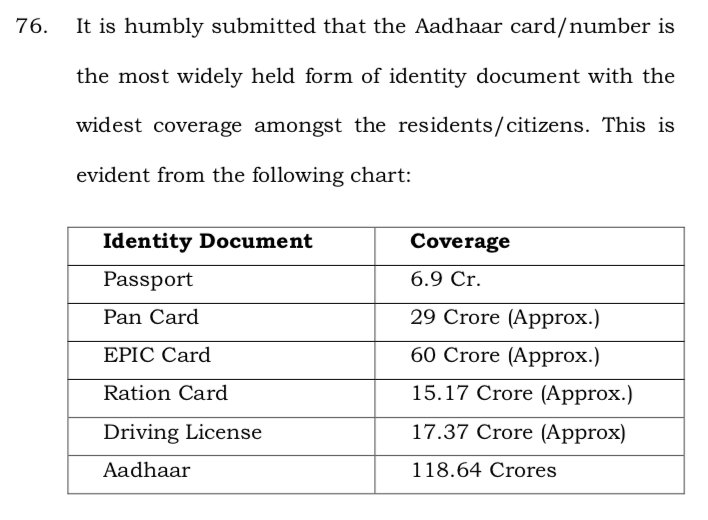Why the Aadhaar database is fatally compromised, why the UIDAI has known about it for years, and how they covered it up. (thread)
- eCentric Solutions
- Gouthami Ed. Soc.
- Grapesoft Solutions
- Infronics Sys.
- Madras Sec. Printers
- Smartchip
- Tera Software
And that's when everything started to unravel for the UIDAI.
Gone public.
Losing control.
Using the information on the 60 suspect enrolments enclosed with the UIDAI’s original letter, the investigation team had established that the details provided with the enrolments were false,
So far, so straightforward.
They hadn’t.














